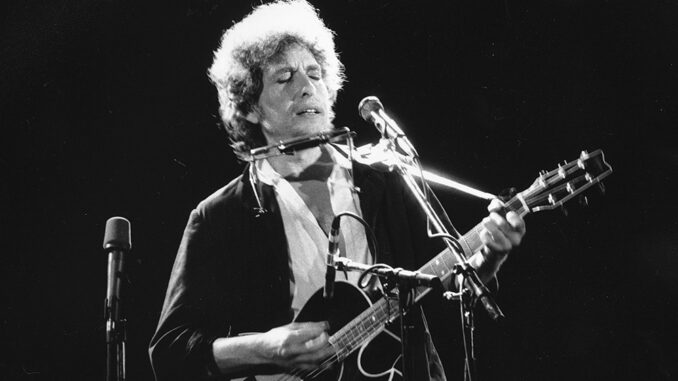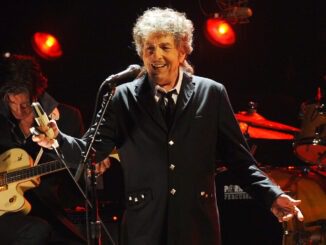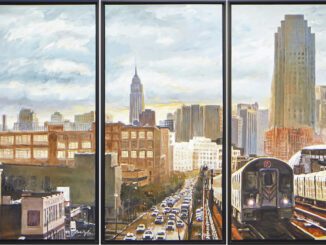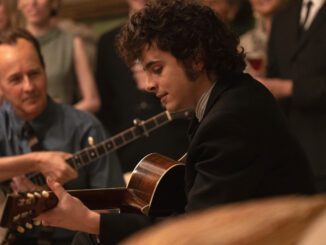
Lauded as the nation’s greatest songwriter and wordsmith — “The Bard,” officially — and by many “the voice of a generation,” Bob Dylan, now 83, is the definition of a living legend. With a career spanning over half of a century, the poet, singer-songwriter, visual artist, author and one-time activist has released 41 studio albums, received countless awards including 10 Grammys, and was the first musician to earn a Nobel Peace Prize in literature.
Dylan brought his “Rough and Rowdy Ways Tour” through North Carolina this month, playing in Charlotte on Sunday, Fayetteville on Monday and scheduled in Asheville on Thursday. The voyage promoting Dylan’s 39th studio album, 2020’s release of the same name, began in 2021 and has been advertised as lasting through 2024.
Born Robert Allen Zimmerman, the budding songwriter assumed the nom de guerre, Dylan, at age 19 as an homage to Welsh poet and writer Dylan Thomas, giving way to an enigmatic lifelong legacy cloaked in mysticism and legend.
In 1962, the Greenwich Village, New York, folk-music scene was taken by storm with the arrival of the 19-year-old curly-headed Minnesotan. Abuzz with the socially conscious and peaceful sounds of the American folk movement and inspired by founding fathers of the genre from previous decades, Pete Seeger and Woody Guthrie, a laundry list of proteges and folk evangelists like Joni Mitchell, Joan Baez, Kris Kristofferson and Leonard Cohen had expanded exponentially. Dylan not only fit in but quickly rose to the top. With the 1962 release of his self-titled debut album and 1964’s “The Times They are A-Changin’,” Dylan became a bona fide folk hero, the voice of peace and protest, beloved by the folk set.
At The Newport Folk Festival in 1965, while at the peak of his folk celebrity, Dylan turned over the apple cart, so to speak. He was booked as a main attraction, headlining the massive gathering with Peter, Paul and Mary, and Baez, among other folk giants. Thousands of bookish beatniks and folk purists swooned to glimpse the adored Dylan croon and strum on his acoustic guitar. Much to their chagrin, Dylan went electric. Fender Stratocaster in hand, adorned in a black leather jacket with boots and jeans to match, the crowd all but convulsed as he tore through a rollicking rendition of “Maggie’s Farm” and “Like a Rolling Stone.” The New York Times reported that Dylan “was roundly booed by folk-song purists, who considered this innovation the worst sort of heresy.” In some stories, Seeger, the gentle giant of the folk scene, tried to cut the sound cables with an axe. Some people were dancing, some were crying, many were dismayed and angry, many were cheering, and many were overwhelmed by the ferocious shock of the music or astounded by the negative reactions.
Since this act of heresy, Dylan has continued to offer some of the greatest musical art the world has ever heard. Throughout the ’60s, ’70s and even today, his creative output has never strayed from vocally criticizing the wrongs of the society nor did he ever truly abandon folk. By integrating blues, rock, gospel and a bevy of alternative sound dispositions, Dylan has simply changed with the times as the times kept a-changin’.



